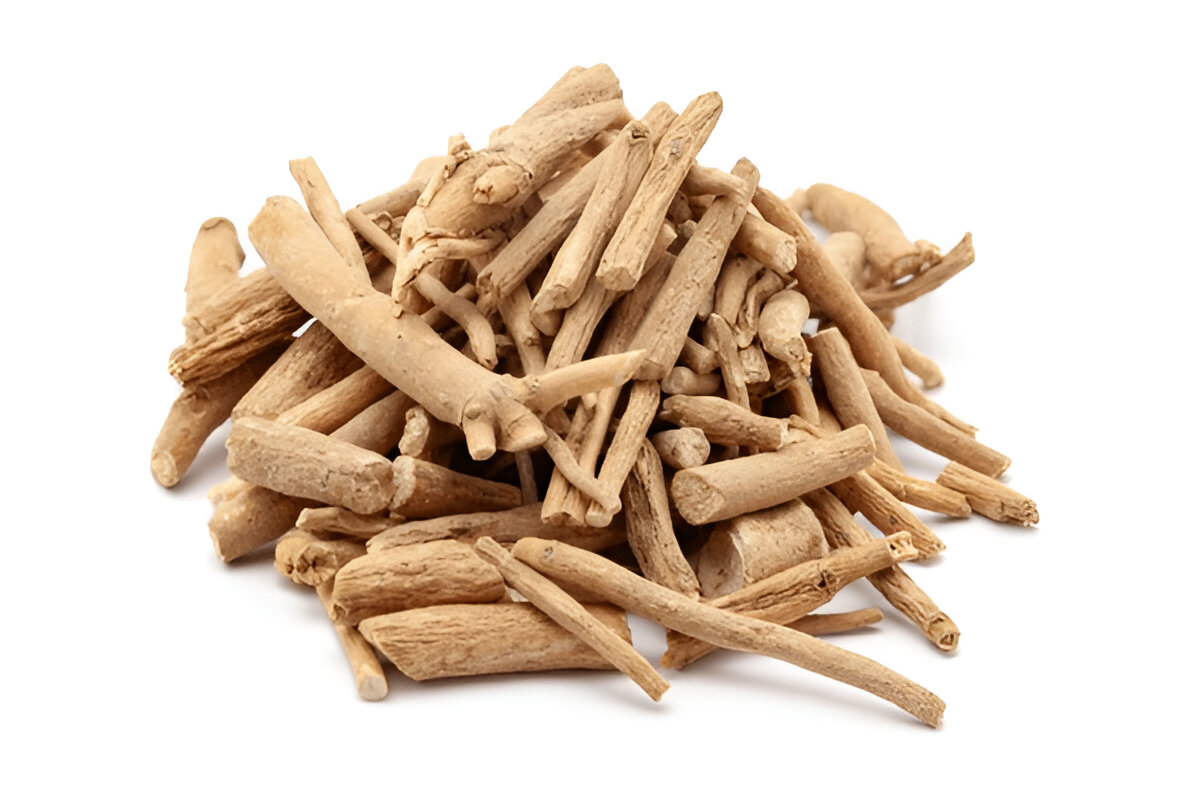Ashwagandha
Description
Ashwagandha (Withania somnifera) is an ancient medicinal herb. It's classified as an adaptogen, meaning it can help your body manage stress. Ashwagandha is also known for its various other health benefits, including reducing anxiety, boosting brain function, and lowering blood sugar and cortisol levels.
Preparing to Plant Ashwagandha
- Select Variety: Choose a reputable source for seeds or seedlings.
- Location: Ensure full sun or partial shade and warm temperatures (68°F-95°F).
- Soil: Use well-draining, sandy loam soil.
- Pot (Optional): A pot with drainage holes is essential for container planting.
- Planting: Sow seeds or plant seedlings, ensuring they are spaced adequately.
- Watering: Water moderately, allowing the soil to dry out between waterings.
- Fertilizing: Use a balanced fertilizer sparingly.
- Harvesting: Harvest roots after 6-8 months.
Types of Ashwagandha
While Withania somnifera is the primary species used for medicinal purposes, there are variations in cultivation and preparation that can affect its potency.
Scientific and Biological Information
Scientific Name: Withania somnifera
Family: Solanaceae (Nightshade family)
Genus: Withania
Common Names: Ashwagandha, Indian Ginseng, Winter Cherry
Native Range: India, Middle East, and parts of Africa
Medicinal Properties: Ashwagandha is used to reduce stress, improve brain function, lower blood sugar and cortisol levels, and boost the immune system. It contains compounds like withanolides, which have anti-inflammatory and antioxidant properties.
Botanical Characteristics: Ashwagandha is a small shrub that grows 35–75 cm tall. It has small, green flowers and red berries. The roots are the primary part used for medicinal purposes.
